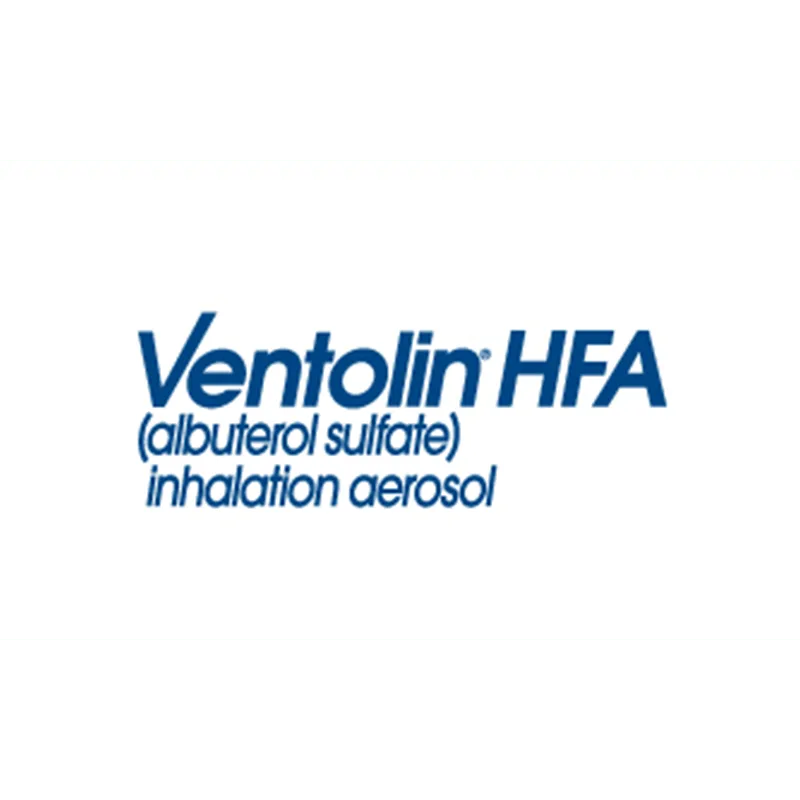- Your cart is empty
- Continue Shopping
Product
- Canadian Pharmacy Online Pharmacy | Online Canadian Pharmacy
- Need More Information Call Us 1-833-356-6337
Ventolin Inhaler HFA (Albuterol / Salbutamol) – Canada
Description
VENTOLIN HFA (Albuterol) is an inhaled medication used to treat or prevent bronchospasm. During bronchospasm, the airways of the lungs tighten and it becomes difficult to breathe. Bronchospasm may be caused by a disease like asthma or chronic obstructive pulmonary disease (COPD) or can be induced by exercise.
Albuterol and Salbutamol are different generic names for the same medication; they are both names for the generic of VENTOLIN inhaler.
Albuterol works by activating beta2-adrenergic receptors on the surface of muscle cells in the airway. Activating these receptors causes muscle cells to relax, making it easier to breathe.
Directions
The normal dose is 2 inhalations every 4 to 6 hours. Some patients may use a reduced dose.
If you are having to use your albuterol inhaler more often than prescribed, let your doctor know. Excessive use may mean that an additional medication will need to be added to improve breathing symptoms.
VENTOLIN inhalers need to be primed before their first use and when the inhaler has not been used for 2 weeks. Prime VENTOLIN by spraying at least 4 sprays into the air and then shake well. Ask your pharmacist if you need additional assistance.
The plastic actuator should be cleaned with warm water at least once each week.
Ingredients
The active ingredient in VENTOLIN is albuterol sulfate.
Asthma inhaler VENTOLIN contains the inactive propellant HFA-134a.
Cautions
VENTOLIN should be used with caution in patients with a history of cardiovascular disease of seizure disorders.
VENTOLIN may cause changes in blood glucose or potassium (hypokalemia).
Side Effects
Common adverse reactions of VENTOLIN may include:
- Cough
- Diarrhea
- Extrasystoles
- Laryngitis
- Lung disorders
- Musculoskeletal pain
- Oropharyngeal edema
- Tachycardia
- Throat irritation
- Upper respiratory inflammation
- Viral respiratory infection







